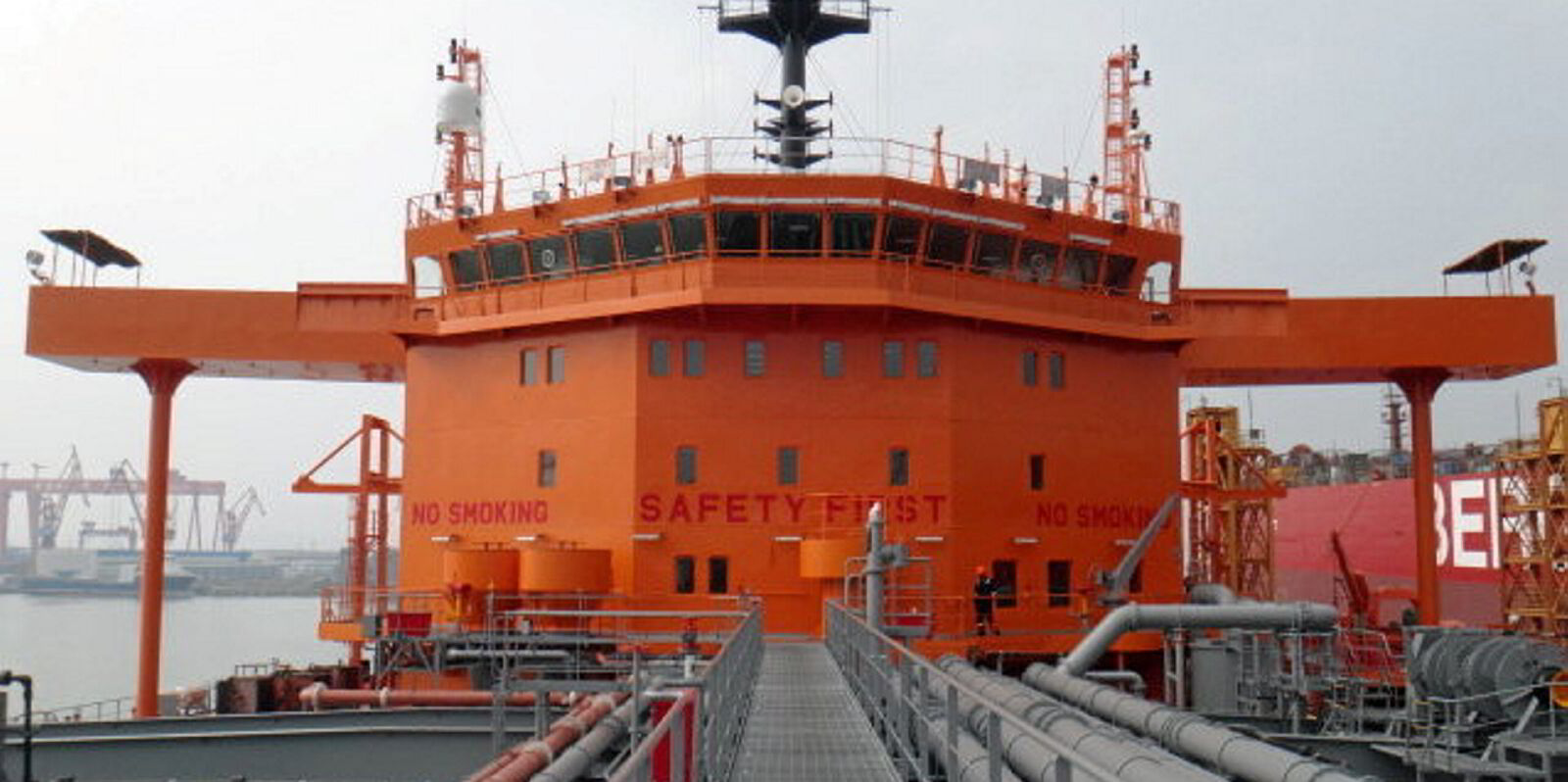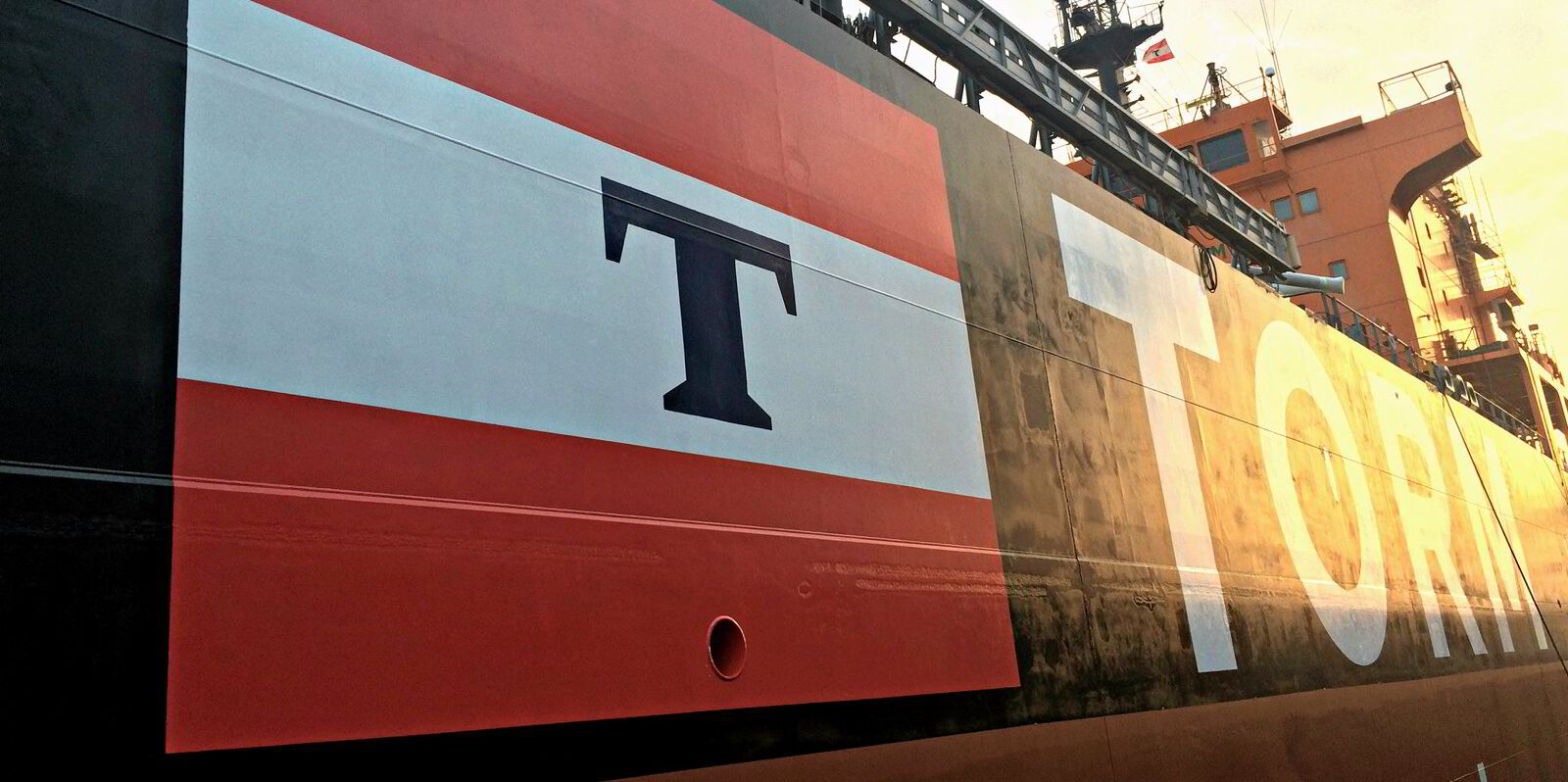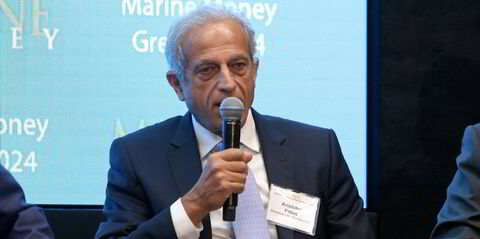As crude tankers exit the product trades, product tankers are coming for crude cargoes.
BRS Shipbrokers said most of the suezmax and VLCC vessels that cleaned up to find work carrying petroleum products had exited the segment as LR tanker rates remain anaemic, pushing LR2s to move into the aframax space.
“Downward pressure on CPP [clean petroleum products] LR2 earnings has seen a higher share of the segment turning to dirty trades,” it said in its weekly note.
“Approximately 43% of the LR2 tanker fleet is estimated to be carrying crude+DPP as of [the second half of 2024], with a minimum of eight LR2s estimated to have switched to dirty trading since September.”
It added that at least eight LR2s had switched to dirty trading since September.
The broker said those VLCCs and suezmaxes going back to crude trades have put a cap on crude tanker earnings.
But there were indications that could be changing, as Russian crude export volumes have grown recently and could grow to levels not seen since May 2023 while US exports are expected to rise in December.
In presenting their third-quarter earnings, both Torm and Odfjell have complained swing tonnage was having a negative impact on their earnings.
Torm’s vessels were competing directly with crude tankers, while Odfjell saw smaller product tankers snapping up chemical cargoes usually carried by its ships.
But Torm chief executive Jacob Meldgaard said that cross-sector cannibalisation was a third-quarter story and that the fourth quarter would be marked by volumes.
He said he expected Middle East refiners to want to use their new, efficient refineries, helping export volumes.
On Tuesday, the Baltic Exchange’s aframax time-charter equivalent assessment fell $476 to $26,913 per day, continuing a 21-day side.
Meanwhile, there was red across its LR1 and LR2 assessments, with all reporting declines apart from the LR1 Amsterdam-Rotterdam-Antwerp to West Africa, which added $487 to $15,701 per day on a TCE basis.





